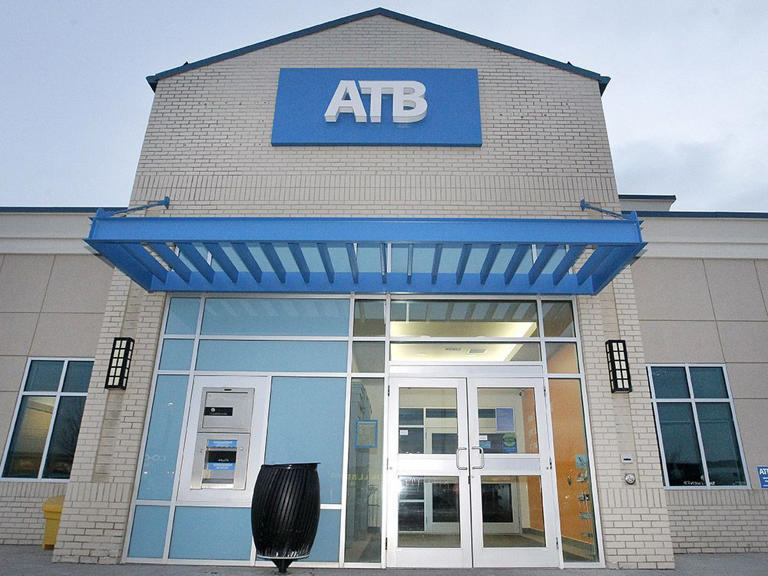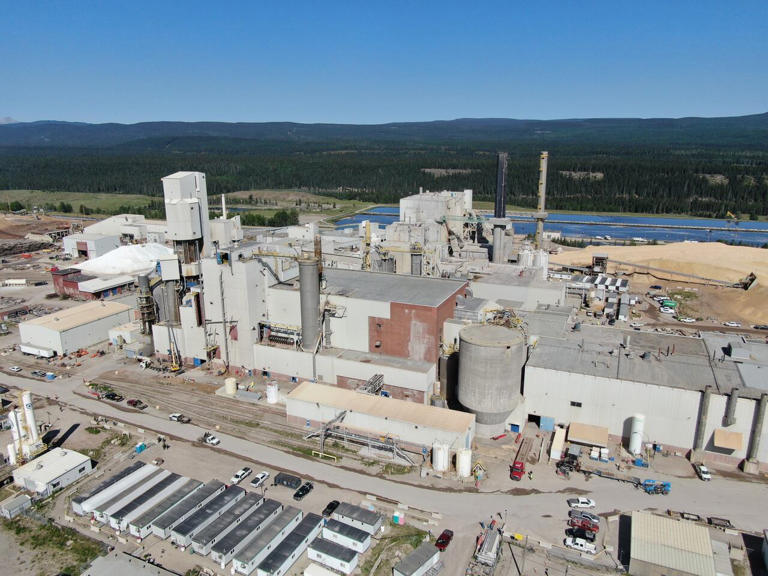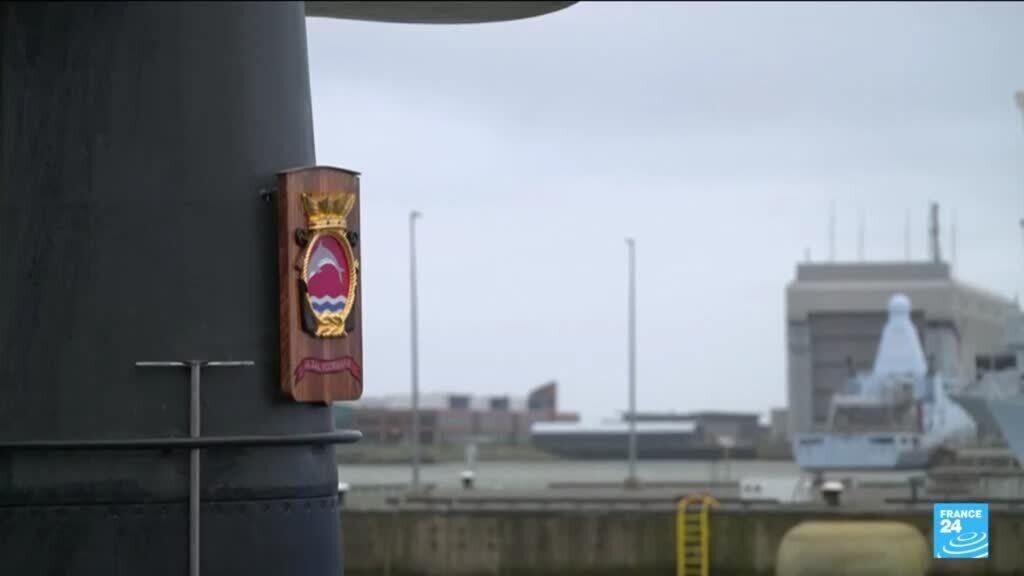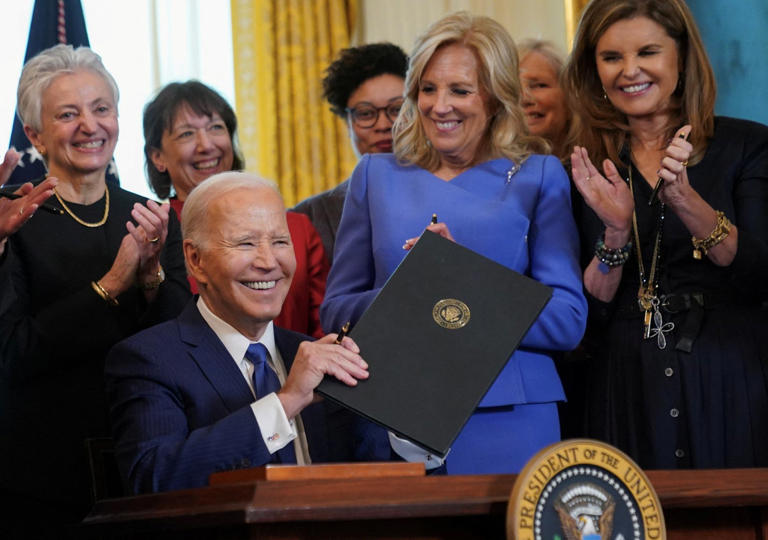NDP alleges UCP instructed AHS to delete sexual health social media
Alberta Health Services has removed 20 social media accounts from multiple platforms. Among the deleted AHS-affiliated accounts were those used to share sexual health education content, a move Alberta's official opposition says was directed by the United Conservative Party and obstructs access to critical health information.
A spokesperson for the Alberta NDP said in an email that last week the party was informed that notice had been given to have sexual health related social media and teaching be closed through AHS. By that time, AHS-affiliated accounts such as Calgary Zone Sexual and Reproductive Health, Teaching Sexual Health, Healthy Parents, Healthy Children, and others had already been removed.
"The UCP can’t stop interfering with access to women’s healthcare and critical health information, which includes sexual health," Alberta NDP Status of Women Critic Julia Hayter said in a statement.
“Sharing accurate, science-based sexual health information on social media platforms promotes important sexual health awareness for parents and teachers, and provides critical information for young people about consent.
"First, the UCP made it more difficult for kids to learn about sexual health in schools and now they’re gatekeeping access to sexual health education online," Hayter said
AHS denies the organization was instructed by the Government of Alberta to remove the sexual health education content, and that they were deleted as part of a consolidation of all AHS media accounts.
"Alberta Heath did not provide any instruction for this account to be removed," an AHS spokesperson said in an email.
"We are consolidating the AHS social media accounts to ensure all AHS accounts are sharing organization-approved content and closing accounts that have demonstrated limited public engagement. Public health content, including sexual health content, is important and will continue to be shared on AHS’ main social media channels."
AHS shut down 11 accounts on X (Twitter), four on Instagram, four on Facebook, and one on Pinterest, a spokesperson confirmed.
"Information that would have previously been published using those accounts will instead be consolidated on our main AHS social media accounts," they said.
AHS did not provide the names of which accounts were removed in its consolidation. An archived version of the AHS social media page from February 2024 shows the following accounts have been removed from the current AHS website.
Twitter:
Instagram:
Facebook:
Alberta's Ministry of Health did not respond to questions about whether the ministry or the Government of Alberta had instructed AHS to remove social media accounts related to sexual health education and instead referred questions to AHS.
Brett McKay, Local Journalism Initiative Reporter, St. Albert Gazette
















